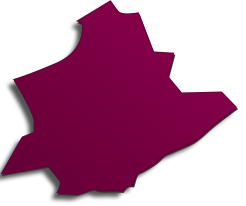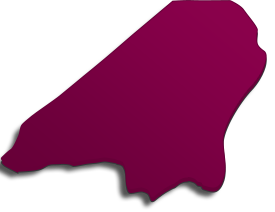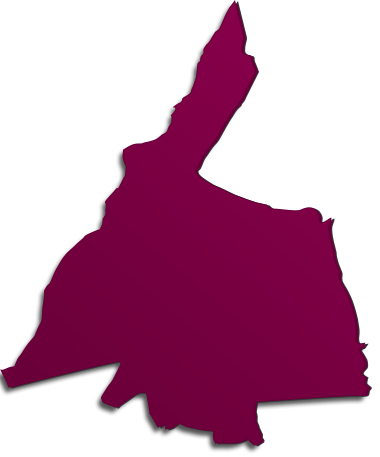- English
- Afrikaans
- Albanian
- Amharic
- Arabic
- Armenian
- Azerbaijani
- Basque
- Belarusian
- Bengali
- Bosnian
- Bulgarian
- Catalan
- Cebuano
- Chichewa
- Chinese (Simplified)
- Chinese (Traditional)
- Corsican
- Croatian
- Czech
- Danish
- Dutch
- Esperanto
- Estonian
- Filipino
- Finnish
- French
- Frisian
- Galician
- Georgian
- German
- Greek
- Gujarati
- Haitian Creole
- Hausa
- Hawaiian
- Hebrew
- Hindi
- Hmong
- Hungarian
- Icelandic
- Igbo
- Indonesian
- Irish
- Italian
- Japanese
- Javanese
- Kannada
- Kazakh
- Khmer
- Korean
- Kurdish (Kurmanji)
- Kyrgyz
- Lao
- Latin
- Latvian
- Lithuanian
- Luxembourgish
- Macedonian
- Malagasy
- Malay
- Malayalam
- Maltese
- Maori
- Marathi
- Mongolian
- Myanmar (Burmese)
- Nepali
- Norwegian
- Pashto
- Persian
- Polish
- Portuguese
- Punjabi
- Romanian
- Russian
- Samoan
- Scots Gaelic
- Serbian
- Sesotho
- Shona
- Sindhi
- Sinhala
- Slovak
- Slovenian
- Somali
- Spanish
- Sundanese
- Swahili
- Swedish
- Tajik
- Tamil
- Telugu
- Thai
- Turkish
- Ukrainian
- Urdu
- Uzbek
- Vietnamese
- Welsh
- Xhosa
- Yiddish
- Yoruba
- Zulu
Main Content
Slideshow
FeaturedListings
FeaturedListings
Berkshire Hathaway HomeServices Landmark Properties
About Us
Berkshire Hathaway HomeServices Landmark Properties is one of the most trusted real estate names in North Carolina. Not only does that mean that home buyers and sellers have a valuable partner at their side, it means we’re here to stay. Network members are also backed by industry leadership with years of experience and an expansive reach across the globe.
Beyond our name, there are certain qualities that define us: traits, practices, values. There’s our will to exceed expectations for exemplary service and professionalism in everything we do. We build lasting relationships based on trust and care with our clients and the communities we serve.
Locally, we represent strength, too. Berkshire Hathaway HomeServices Landmark Properties is a full-service brokerage with a company culture that promotes high standards, positive attitude & energy and an inclusive workplace. Additionally, the brokerage is proud to be a market
SearchBy Map




























